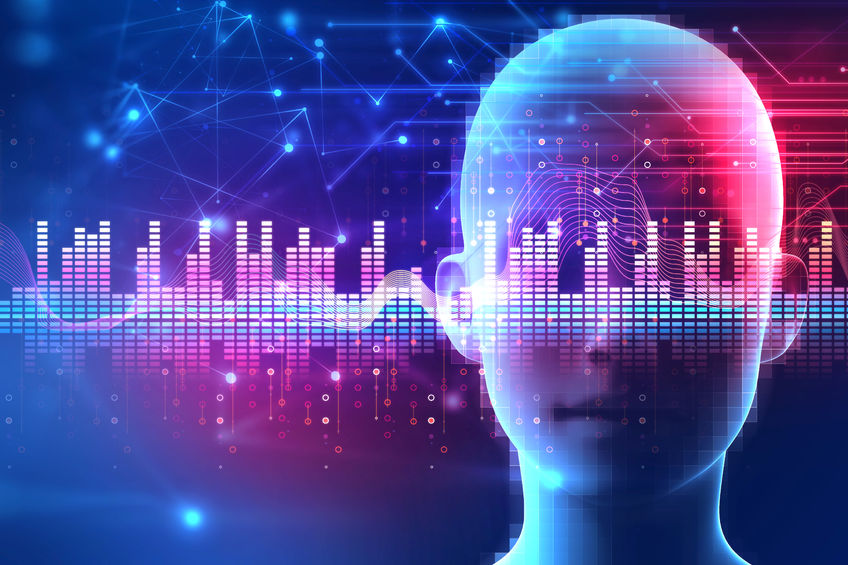Artificial Intelligence went head-to-head against a group of medical technicians to create a patient treatment plan. It took the humans 160 hours, the computer… 10 minutes.
By Pam McDonald
The other day I was about to use the term “artificial intelligence” in an article I was writing about Senior Housing Forum partner, Blue Willow Systems when I suddenly realized I didn’t have a clue.
Worse yet, I didn’t fully understand the part AI plays in Blue Willow’s resident safety technology. So, I contacted Vikram Devdas, the company’s founder and chief strategy officer, to see what I could learn.
In the Beginning . . .
Vikram is a highly accomplished computer engineer as well as an entrepreneur. He started his first company at age 24 designing networking chips. After Intel acquired that business in 2003, Vikram worked with other top high-tech firms, gaining more than a decade of experience.
At the same time, he became passionate about creating profitable businesses that improve people’s health and quality of life. And, he was motivated to improve care and safety of seniors when his father tragically died as a result of an undiscovered fall. He founded Blue Willow Systems in 2015 and determined it could work well in senior living communities.
The thing about Blue Willow that is different from the rudimentary pull cord and other emergency call systems typical in senior living is that it automatically detects falls and elopements, alerts staff via multiple channels, locates residents and staff, and monitors relevant vital signs — without the need for any human intervention.
This is huge for senior living operators, residents, and family members: For operators, it means reducing liability. For residents, it means better care and for family members, more peace of mind.
How Artificial Intelligence Works
According to Vikram, artificial intelligence is the development of machines (particularly computers these days) that are able to perform tasks normally requiring human intelligence. “AI mimics the way the human brain thinks,” Vikram says.
“When we’re born, we have no sensory experiences. We don’t know how to walk, stand, or sit; it all has to be learned. We try it again and again and eventually we figure it out.”
These systems are able to do this because of the AI, algorithms and neural networking processes built in. Vikram explains, “An algorithm is a sequence of steps to solve a problem; it’s doing things in a certain order until you arrive at your goal. A neural network is a glorified way of saying things are connected, like nerves. They work in a certain way and become hard-wired.”
He continues, “Systems with artificial intelligence capture data, learn, improve, and refine themselves over time, getting better and better at performing tasks they were designed to master. They train themselves continuously; their artificial intelligence evolves.”
Where the Intelligence Comes In
“With artificial intelligence,” he continues, “a computer is applying mathematical computations to data using its vast computing power to do advanced analysis. It can rewrite the algorithm based on learning, so it solves the problem better.
“Without identifying specific residents, Blue Willow continually collects fall data and optimizes itself by learning to recognize more and more fall patterns as well as the unique patterns of individual residents. Everyone using the system benefits because it trains the entire program.”
But thinking like a human brain requires lots of interesting data. And Vikram says, “The art comes in with the scientist ‘mining’ for data, determining if its good and relevant, and cleaning it before it’s fed into the program, then testing and testing to see if it does what the scientist wants.”
He continues, “With machine learning and all software, it’s garbage in, garbage out. If its fed garbage, it can’t give you the answer you want. But if it’s taught correctly, it will come up with the right answer, thinking nearly identically as a human brain or better.” Certainly faster.
Handling More Data, Faster
Vikram talks about a study in which IBM’s Watson was matched against a team of medical experts, a neuro-oncologist, and several bioinformaticians. Researchers asked the humans and the computer to come up with a treatment plan. It took the medical clinicians 160 hours to determine a plan; it took Watson 10 minutes to come up with a comparable plan.
[You can read a detailed article about the study here, which includes criticism from the medical community but also the hope that eventually Watson and other technology can be beneficial in cancer care.]
In Part 2 of this blog, we’ll examine how Blue Willow Systems uses artificial intelligence and how senior living can leverage it to benefit residents, families, and the bottom line.
For more information about Blue Willow Systems, call (877) 789-9657 or visit their website by clicking on the button below:
Click on the button below to download a PDF copy of this article:









